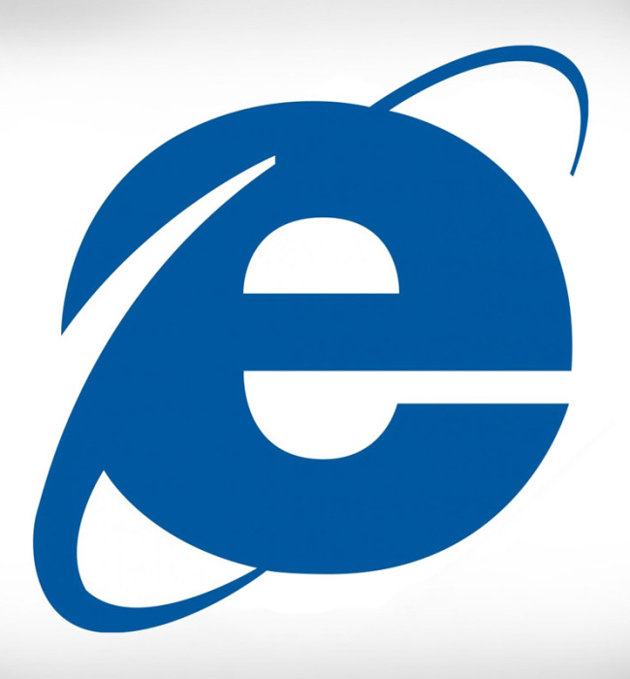 Recently security vendor FireEye publicly disclosed a vulnerability in all versions of Internet Explorer. Government security response teams urged users to rather use an alternative browser until a security fix was released. After Microsoft released the update this week, it”s no longer needed to use an alternative browser.
Recently security vendor FireEye publicly disclosed a vulnerability in all versions of Internet Explorer. Government security response teams urged users to rather use an alternative browser until a security fix was released. After Microsoft released the update this week, it”s no longer needed to use an alternative browser.
This high risk vulnerability, if exploited by an attacker, would allow him to gain the same user rights as the current user. The security breach could be achieved by an attacker hosting a specially crafted website that is designed to exploit this vulnerability through IE and then convince a user to view the website.
He would then entice the user the attacker enticing a user to view the attacker-controlled content by getting them to click a link in an e-mail or IM message or by opening an attachment in an e-mail.
Updating your Internet Explorer (versions 6, 7, 8, 9, 10 and 11) is critical on Windows clients. The security update addresses the vulnerability by modifying the way IE handles objects in its memory.
Microsoft has released update KB2964358 and KB2964444 to prevent this vulnerability. (More information on Microsoft’s security update can be found here.)
Campus assets running Microsoft Windows OS have the WSUS configuration installed, automatic updating enabled and users will not need to take any action. The security update will be downloaded and installed automatically.
FireEye noted that attacks rely on Flash and advised users to disable the Flash plugin in IE. Also always ensure that your antivirus software is current and updated regularly to avoid future security attacks.
SOURCE: http://www.zdnet.com en www.mirosoft.com
 Sekuriteitsmaatskappy FireEye het onlangs bekendgemaak dat alle weergawes van Internet Explorer oor `n swakplek beskik. Sekuriteitspanne van die Amerikaanse regering het selfs gebruikers versoek om eerder `n alternatiewe webblaaier te gebruik totdat `n sekuriteitsopdatering vrygestel word. Nadat Microsoft die week die `n nuwe opdatering vrygestel het, is die gebruik van `n alternatiewe blaaier egter nie meer nodig nie.
Sekuriteitsmaatskappy FireEye het onlangs bekendgemaak dat alle weergawes van Internet Explorer oor `n swakplek beskik. Sekuriteitspanne van die Amerikaanse regering het selfs gebruikers versoek om eerder `n alternatiewe webblaaier te gebruik totdat `n sekuriteitsopdatering vrygestel word. Nadat Microsoft die week die `n nuwe opdatering vrygestel het, is die gebruik van `n alternatiewe blaaier egter nie meer nodig nie.
Hierdie hoë risiko kwesbaarheid kan, indien dit misbruik word deur `n kuberkraker, aan hom dieselfde regte gee as die huidige gebruiker van die program. Die sekuriteitskending kan plaasvind indien die aanvaller `n spesiaal-geboude webwerf, ontwerp om IE se kwesbaarheid te misbruik daarstel en gebruikers oortuig om dit te gebruik.
Die aanvaller kan `n gebruiker uitlok om na inhoud op sy webwerf te kyk deur middel van `n skakel in `n e-pos, `n aanlyn boodskap of deur die aanhangsel in `n e-pos oop te maak.
Die opdatering van Internet Explorer (weergawes 6, 7, 8. 9, 10 en 11) is krities op Windows rekenaars. Die sekuriteitsopdatering spreek die swakplek aan deur die wyse waarop IE items in sy geheue hanteer, te verander.
Microsoft het die sekuriteitsopdaterings KB2964358 en KB2964444 vrygestel om die swakplek te voorkom. (Meer inligting oor Microsoft se opdatering kan hier gelees word.)
Kampusrekenaars met Microsoft Windows OS het die WSUS konfigurasie, dateer outomaties op en gebruikers hoef self geen verdere aksie te neem nie. Die opdatering sal afgelaai word en outomaties installeer. T
FireEye het opgemerk dat hierdie tipe aanvalle Flash gebruik en het gebruikers aangeraai om die Flash inpropprogram buite werking te stel. Maak ook altyd seker dat jou antivirus sagteware op datum is en gereeld opdateer word om aanvalle in die toekoms te vermy.
BRON: http://www.zdnet.com en www.microsoft.com

